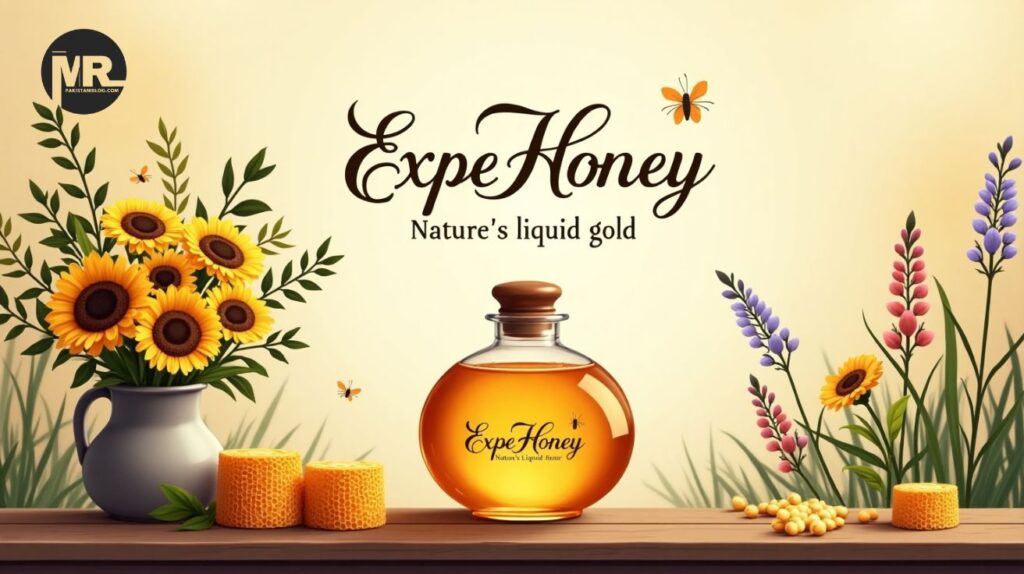Honey, often referred to as nature’s liquid gold, is a natural sweetener treasured for its rich flavor, health benefits, and historical significance. Produced by bees from the nectar of flowers, honey is not only a culinary delight but also a powerful antioxidant with numerous medicinal properties. Its unique composition and long shelf life have made it a staple in households for centuries. From soothing sore throats to nourishing skin, honey’s versatility is unmatched. This golden elixir varies in taste and color based on the floral source, making each jar a distinct natural creation. In this guide, we’ll explore everything you need to know about honey, from production to its everyday uses.
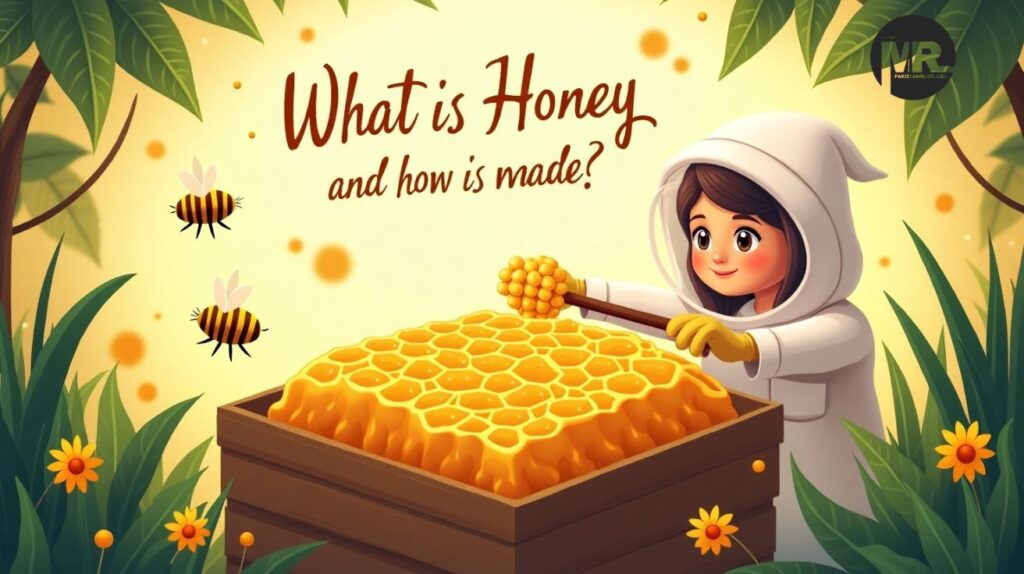
What Is Honey and How Is It Made?
Honey begins as nectar collected by bees from flowers. This nectar is stored in their stomachs, where enzymes break it down. Upon returning to the hive, bees regurgitate the nectar and deposit it into honeycomb cells. They then fan their wings to evaporate the water content, transforming the nectar into thick, sugary honey. This process not only creates honey but also ensures its preservation for the hive’s food supply during winter months.
The composition of honey varies based on the floral source. Typically, it consists of about 80% sugars, primarily glucose and fructose, along with water, enzymes, amino acids, and trace vitamins and minerals. The specific blend of these components contributes to honey’s unique taste, color, and texture.
Types of Honey and What Affects Their Flavor
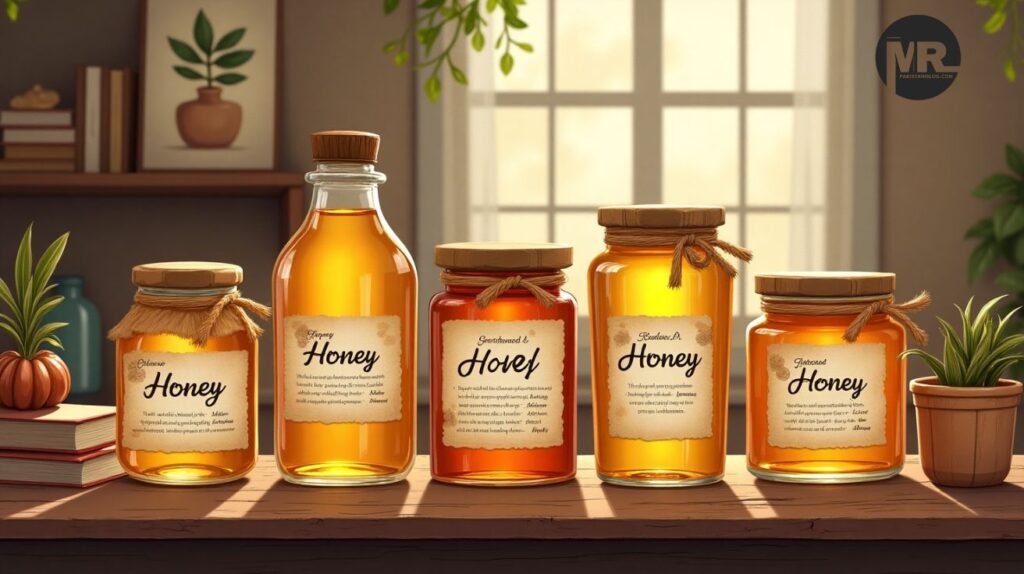
The flavor and color of honey are influenced by the types of flowers from which bees collect nectar. For instance, clover honey is light and mild, while buckwheat honey is dark and robust. The nectar’s source imparts distinctive flavors, ranging from floral and fruity to earthy and spicy.
Factors such as the region’s climate, soil, and the time of year also play a role in honey’s characteristics. Additionally, the method of honey extraction—whether raw or pasteurized—can affect its taste and nutritional content. Raw honey retains more of its natural enzymes and antioxidants, while pasteurized honey undergoes heating that may diminish some of these beneficial properties.
Health Benefits of Honey
Honey is renowned for its medicinal properties. It has been used in traditional medicine for centuries to treat various ailments. Modern research supports many of these uses, highlighting honey’s potential in wound healing, soothing sore throats, and alleviating coughs.
One of honey’s key benefits is its antibacterial activity. The presence of hydrogen peroxide and other compounds gives honey its antimicrobial effects. Manuka honey, in particular, is noted for its potent antibacterial properties, making it effective in treating wounds and infections.
Furthermore, honey’s antioxidant-rich composition helps combat oxidative stress, supporting overall health. It also serves as a natural sweetener, offering a healthier alternative to refined sugars when used in moderation.
if you want Buy Pure Honey Visit it top Top Honey SELLING Website
Potential Risks and Who Should Avoid Honey
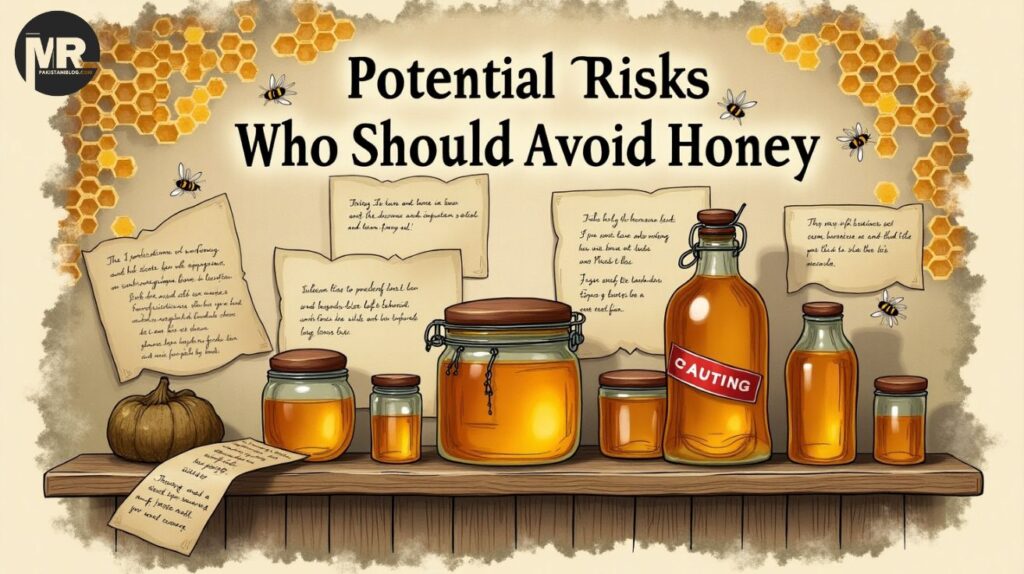
While honey offers numerous health benefits, it is not suitable for everyone. Infants under one year old should not be given honey due to the risk of infant botulism, a rare but serious illness caused by bacterial spores that can be present in honey.
Individuals with allergies to bee products or pollen should exercise caution, as honey may contain trace amounts of these allergens. Additionally, those managing conditions like diabetes should be mindful of honey’s sugar content and consult with healthcare providers before incorporating it into their diet.
How to Choose the Best Quality Honey
Selecting high-quality honey involves considering factors such as the source, processing methods, and labeling. Raw honey, which is minimally processed, retains more of its natural enzymes and antioxidants compared to pasteurized honey.
Look for honey that is labeled as “100% pure” and “raw” to ensure authenticity. Be cautious of honey labeled as “organic,” as there are no standardized regulations for organic honey production. Purchasing honey from local, reputable producers can also help ensure quality and support sustainable beekeeping practices.
The Buzz About Manuka Honey: Is It Worth the Price?
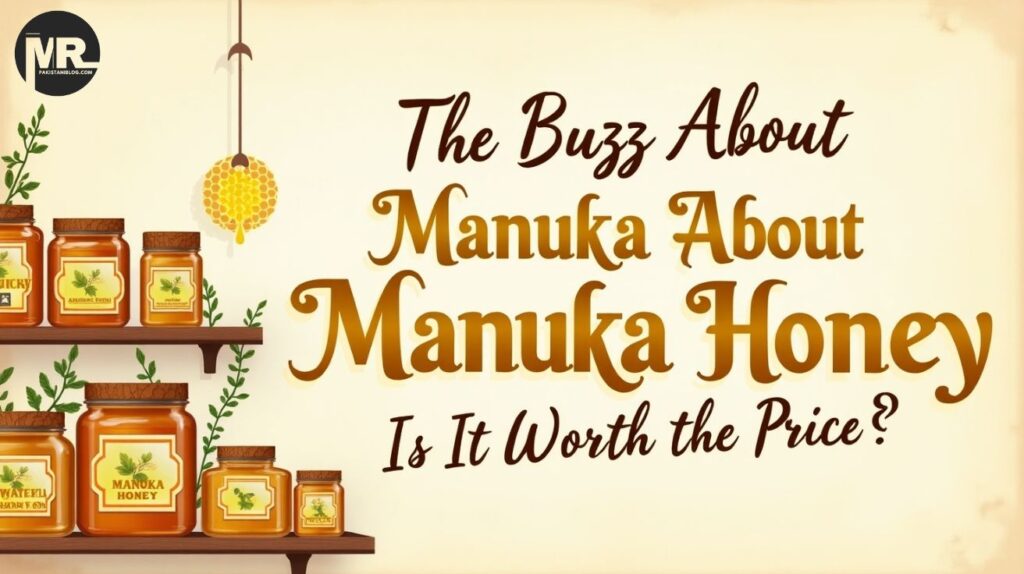
Manuka honey, produced from the nectar of the Manuka tree in New Zealand, has gained popularity for its unique antibacterial properties. It contains higher levels of methylglyoxal (MGO), a compound responsible for its potent antimicrobial effects.
While Manuka honey is more expensive than regular honey, its therapeutic benefits may justify the cost for those seeking its specific health advantages. However, it’s important to verify the authenticity and MGO rating of Manuka honey to ensure its quality and effectiveness.
Smart Ways to Store and Use Honey
To maintain honey’s quality, store it in a cool, dry place away from direct sunlight. Honey’s natural preservative properties mean it has a long shelf life, often remaining good for years if stored properly.
Honey can be used in various ways beyond sweetening beverages. It can be incorporated into skincare routines for its moisturizing and antibacterial properties. Additionally, honey can be used in cooking and baking, offering a natural sweetener alternative to refined sugars.
Honey in History and Culture
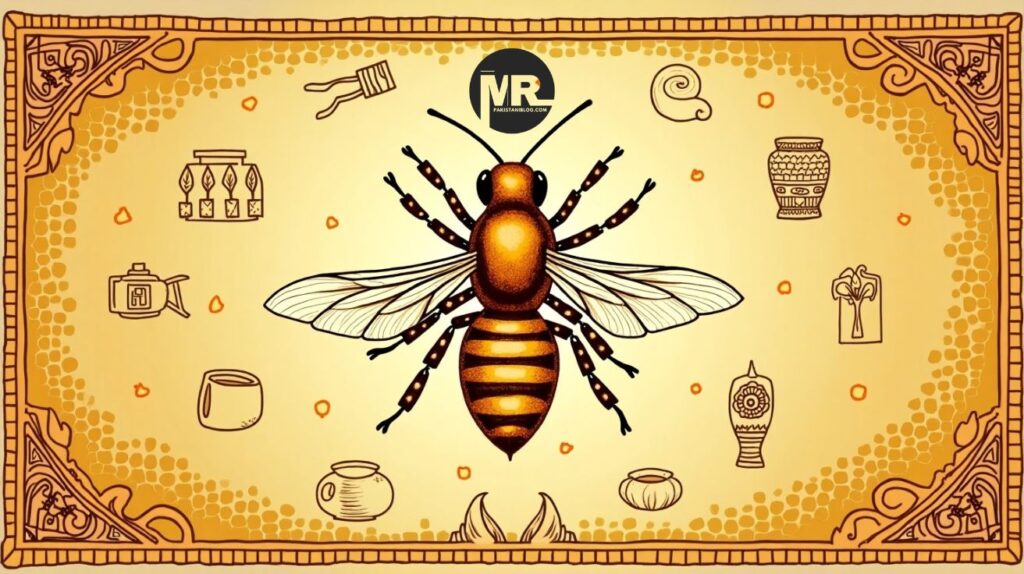
Honey has a rich history in various cultures. Ancient Egyptians used honey in religious rituals and as offerings to the gods. In traditional Ayurvedic medicine, honey is valued for its healing properties and is used to treat a range of ailments.
Throughout history, honey has symbolized abundance and prosperity. Its golden hue and sweet taste have made it a symbol of life’s sweetness and a gift from nature.
Is Honey a Sustainable Product?
The sustainability of honey production is closely linked to the health of bee populations. Beekeeping practices that prioritize the well-being of bees contribute to the pollination of plants, supporting biodiversity and food production.
However, industrial beekeeping practices can have negative impacts on bee health, leading to issues like colony collapse. Supporting local, sustainable beekeeping operations can help promote environmentally friendly practices and ensure the continued availability of honey.
Conclusion
Honey, often referred to as nature’s liquid gold, is a remarkable substance with a rich history and a multitude of uses. From its production process to its diverse types and health benefits, honey continues to be a valuable resource. By understanding its origins, benefits, and best practices for selection and use, individuals can fully appreciate and utilize this natural sweetener in their daily lives.

